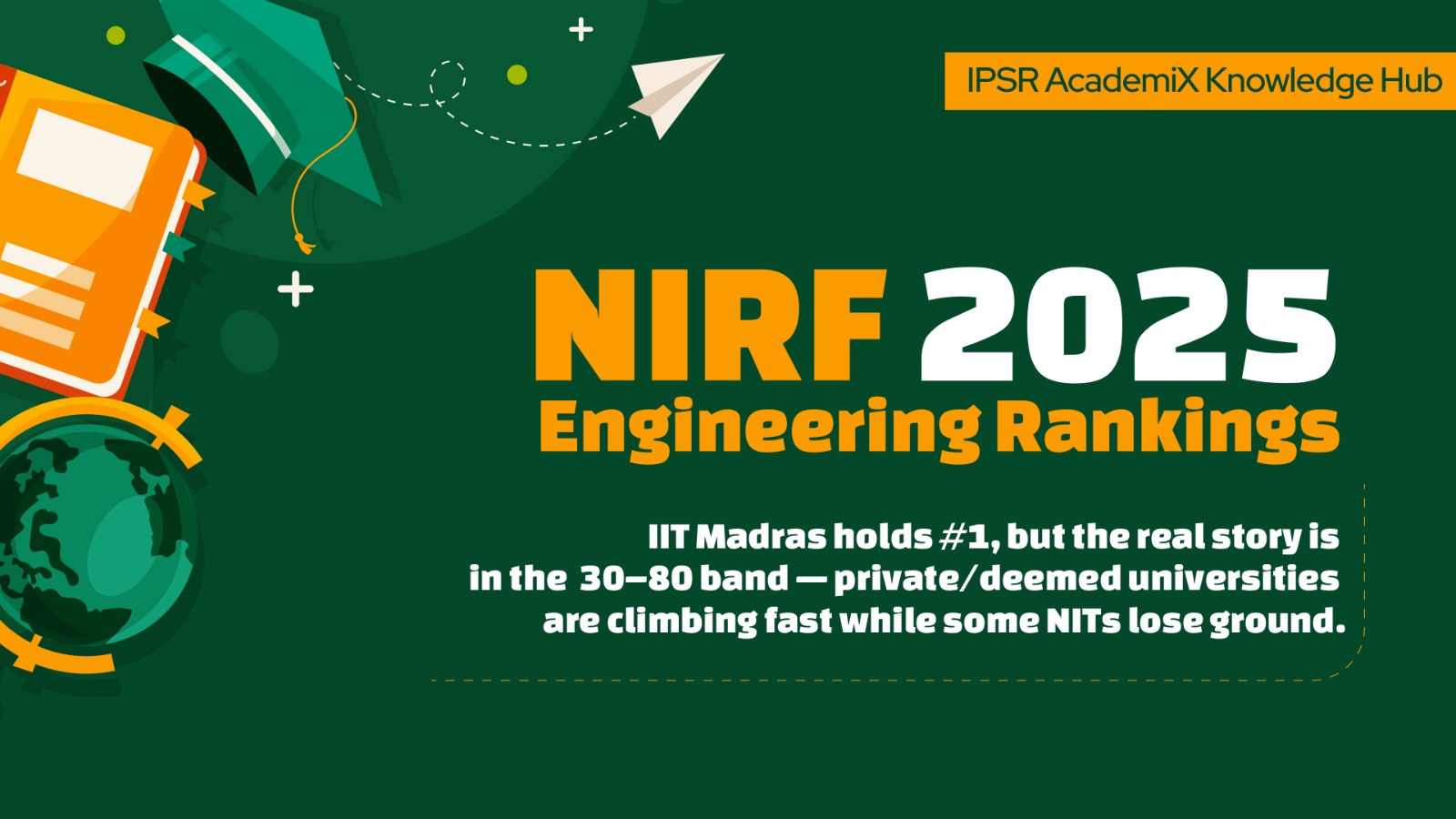
Accreditation by the National Board of Accreditation (NBA) is a mark of quality and credibility for engineering and technical institutions in India. One of the core elements of NBA evaluation is Outcome-Based Education (OBE), which ensures that programs not only deliver content but also measure how effectively students achieve defined competencies and graduate attributes.
At the heart of OBE lies CO–PO Mapping:
For large programmes with multiple courses and hundreds of COs, direct mapping becomes complex and unwieldy.
This is where Cluster Mapping comes in — a structured approach to simplify, standardise, and strengthen traceability in CO–PO mapping.
Cluster Mapping is a technique used to group related courses or COs into logical clusters based on common themes, skills, or knowledge domains.
Instead of mapping each CO directly to every PO, institutions first map courses to clusters and then map clusters to POs.
This creates a two-step process:
CO → Cluster → PO
By introducing clusters, the mapping becomes more manageable, transparent, and NBA-friendly.
NBA emphasises realistic and defensible mapping. Without clustering, programs often face challenges like:
|
Challenge |
Impact |
|---|---|
| Hundreds of COs across semesters | Mapping becomes overwhelming and error-prone |
| Overlapping or similar COs | Leads to repetitive mapping |
| Faculty confusion | Inconsistent data entry and reporting |
| Unrealistic mapping (everything → everything) | Inflated results that fail peer review |
| Time-consuming audits | Difficult to justify mapping decisions |
Cluster Mapping solves these problems by introducing structure and clarity.
Benefits of Cluster Mapping
| Benefit | Why It Matters for NBA |
|---|---|
| Simplifies complexity | Groups courses into 5–7 clusters, reducing COs to a manageable level |
| Prevents over-mapping | Only relevant clusters are mapped to specific POs |
| Enhances transparency | Easy to explain to NBA peer review teams |
| Improves traceability | Clear line of sight from course to program outcomes |
| Supports continuous improvement | Cluster-level data guides curriculum review and faculty development |
Step 1: Identify Clusters
Begin by grouping courses based on similar objectives or domains.
A typical engineering programme might use these clusters:
| Cluster Code | Cluster Name | Example Courses |
|---|---|---|
| BS | Basic Sciences | Mathematics, Physics, Chemistry |
| ES | Engineering Sciences | Mechanics, Programming, Electrical |
| PC | Professional Core | Thermodynamics, Fluid Mechanics |
| PE | Professional Electives | AI, Renewable Energy |
| DP | Design & Projects | Mini/Major Projects, Design Thinking |
| HM | Humanities & Management | Communication, Ethics, Leadership |
| II | Internship & Industry Interaction | Internship, Industry Visits |
Pro tip:
Keep clusters between 5–7 for clarity and better reporting.
Step 2: Map Clusters to POs
NBA specifies 11 Program Outcomes (PO1–PO11) aligned with graduate attributes such as engineering knowledge, problem-solving, communication, ethics, and lifelong learning.
Each cluster is mapped to POs using a weight scale:
Example:
| Cluster | PO1 | PO2 | PO3 | PO4 | PO5 |
|---|---|---|---|---|---|
| BS | 3 | 2 | 1 | 2 | 0 |
| ES | 3 | 3 | 2 | 2 | 2 |
| PC | 3 | 3 | 3 | 2 | 3 |
| DP | 2 | 3 | 3 | 3 | 3 |
Step 3: Calculate Cluster Attainment
Weighted Attainment=(Direct×0.9)+(Indirect×0.1)
Step 4: Derive PO Attainment
Finally, PO attainment is calculated by aggregating the weighted attainment of clusters using their respective mapping strengths (3/2/1).
Formula:
POi = ∑(Cluster Attainment × Cluster →PO Weight)
This approach ensures accuracy and defensibility, crucial during NBA audits.
Example Scenario
Imagine a Mechanical Engineering department:
Without clustering, mapping each CO directly to 11 POs would result in 3,600 mapping entries!
Using Cluster Mapping:
Best Practices for NBA-Ready Cluster Mapping
Addressing Common Questions
Q1. Can a course belong to more than one cluster?
No. Each course should belong to only one cluster to avoid duplication.
Q2. How many clusters are ideal?
Between 5–7. Too many clusters can defeat the purpose of simplification.
Q3. What if two departments share a course?
The course is mapped to the cluster within its primary programme, with collaboration notes added for transparency.
During NBA peer reviews, evaluators look for:
Cluster Mapping demonstrates maturity in OBE practices and helps institutions:
Cluster Mapping is more than just a time-saver — it’s a strategic approach to managing complex OBE processes.
By adopting cluster-based CO–PO mapping:
As engineering education evolves, Cluster Mapping offers a scalable, sustainable way to connect what is taught in classrooms to what is expected in the professional world
If your institution is preparing for NBA accreditation:
Remember: Simplification leads to clarity, and clarity leads to success in accreditation.
At IPSR, we’ve used our custom tools to generate ready-to-use templates featuring cluster-level data entry (direct & indirect), auto-generated PO attainment, dashboards with charts, and a printable NBA one-page summary, all designed to reduce preparation time and simplify accreditation reporting.
Connect with us to explore our OBE support services tailored for institutions preparing for NBA.
Join us for FREE to get instant email updates!

The National Institutional Ranking Framework (NIRF) 2025 results are out, […]

What the Top 100 Rankings Reveal About India’s Universities The […]

Exploring patterns, trends, and the evolving landscape of technical education […]

Release date: September 4, 2025 Source: NIRF portal’s Overall Top-100 […]

“Mastering OBE: OBE Strategies and Implementation of deQ OBE for […]
Leave A Comment